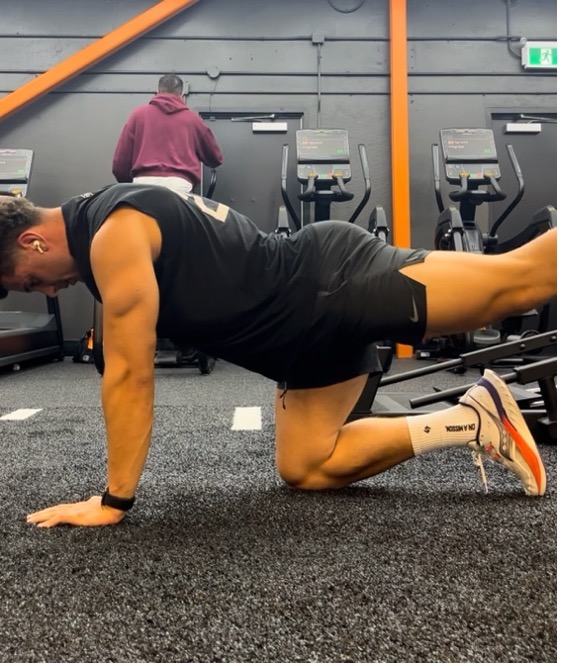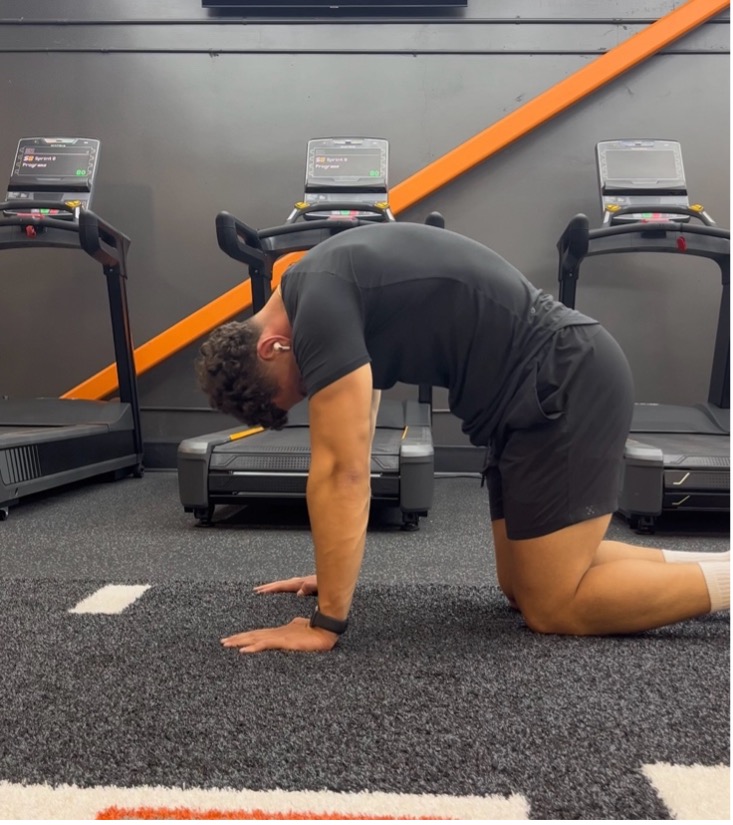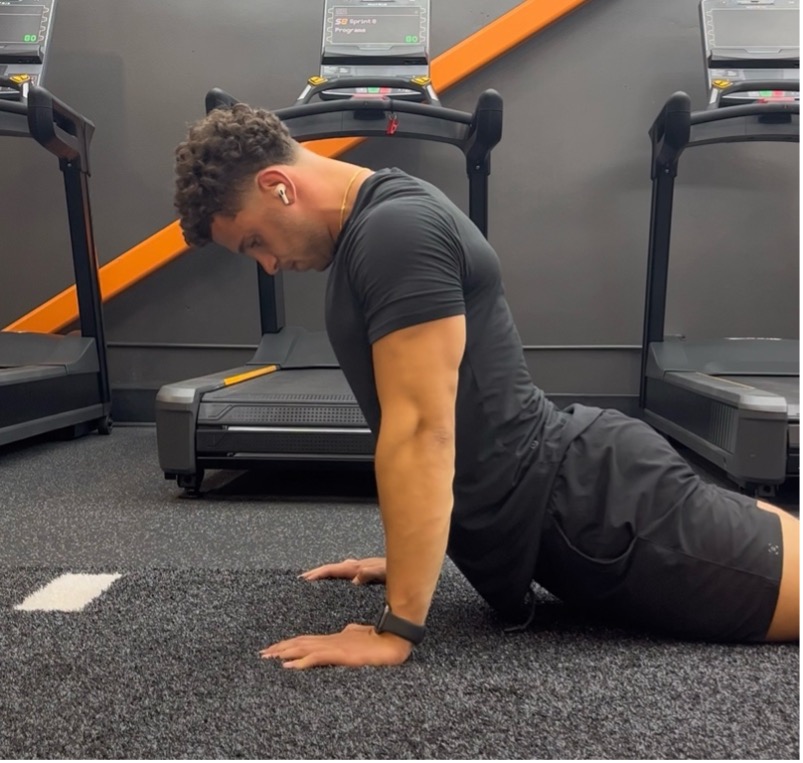Low back pain is one of the most common conditions affecting up to 80% of people at some point in their lives. It can range from a dull, constant ache to a sudden, sharp pain that makes movement difficult. In many cases, low back pain improves within a few weeks, but for some, it can become a chronic or recurring issue. Whether it’s caused by a strain, poor posture, or a more complex condition, addressing it early is key to preventing long-term discomfort.
Low back pain often results from mechanical issues, meaning something in the way the muscles, ligaments, joints, or discs are functioning isn’t right. Common causes include:
Most cases of low back pain can be managed conservatively without surgery. The goal is to reduce pain, improve function, and prevent recurrence. A structured exercise program is essential for strengthening the core, hips, and back muscles. If your pain lasts longer than a few weeks, limits your daily activities, or is accompanied by numbness or tingling down the legs, it’s time to consult a physiotherapist to get you back to moving confidently.
Physiotherapy is a valuable ally for managing low back pain and maintaining mobility. Here’s how physiotherapy can support you through your low back pain:
Extend one arm and the opposite leg, keeping your core engaged and back flat.
Builds stability through the spine

Arch your back (cow), then round your spine toward the ceiling (cat).
Repeat 10-15 times to mobilize the spine and reduce stiffness.

Place your hands under your shoulders, and gently lift your chest while keeping your hips grounded.
Helps with disc-related pathologies
